Hey there, DIY champ! If you're itching for a weekend project that won’t just improve your kitchen’s look but also give you some serious bragging rights, swapping out your kitchen faucet is the way to go. Maybe you’re tired of that old, leaky faucet or you just want to upgrade to one of those sleek kitchen faucets with sprayer. Either way, I've got your back. Let’s dive in and get this done!
Why Swap Your Kitchen Faucet?
Before we get into the nitty-gritty, let’s chat about why you might want to swap out your kitchen faucet.
- Functionality: Those old faucets can be real pain, right? They might not have the cool features you need, like a pull-out sprayer or a high arc for filling up big pots.
- Aesthetics: A shiny new faucet can totally transform your kitchen. It's like getting a new haircut - instant upgrade!
- Efficiency: Newer models are like superheroes when it comes to saving water. Good for the planet, good for your wallet.
- Repairs: If your current faucet is leaking or just plain broken, it’s probably easier (and more fun) to replace it than to fix it.
Tools You’ll Need
Alright, let’s gather our toolkit. You don’t need to be Bob the Builder for this, but a few basic tools will make your life easier:
- Basin wrench (your new best friend)
- Adjustable wrench
- Plumber’s tape
- Bucket (for those inevitable drips)
- Towels or rags
- Your shiny new faucet (make sure it includes all the bits and bobs)
Step-by-Step Guide to Swapping Your Kitchen Faucet

Now, let’s roll up those sleeves and get to work. Here’s your step-by-step guide to swapping out your kitchen sink faucet with a pull-out sprayer or whatever fabulous faucet you’ve chosen.
Step 1: Turn Off the Water Supply
First thing’s first – we don’t want a mini flood in the kitchen. Find those shutoff valves under the sink and turn them clockwise. No valves under the sink? You might need to turn off the main water supply. Better safe than sorry!
Step 2: Disconnect the Old Faucet
Grab that bucket and place it under the sink to catch any water. Use your adjustable wrench to disconnect the water supply lines from the faucet. Next, use your basin wrench to remove the nuts holding the faucet in place. Once those are off, lift that old faucet outta there!
Step 3: Clean the Area
You know how stuff builds up over time? Take a moment to clean around the sink holes. Get rid of any old putty or grime so your new faucet has a nice, clean place to sit.
Step 4: Install the New Faucet
Now for the fun part! Follow the instructions that came with your new faucet. Generally, you’ll place the gasket or some putty on the bottom of the faucet and then insert it into the sink holes. Secure it from underneath with the mounting nuts. Make sure it's snug but not too tight.
Step 5: Connect the Water Supply Lines
Time to reconnect the water supply lines. Wrap a bit of plumber’s tape around the threads for a good seal and to prevent leaks. Tighten the connections with your adjustable wrench, but go easy – just snug, not Hulk-tight.
Step 6: Test for Leaks
Turn the water supply back on and give your new faucet a test run. Check under the sink for any leaks. If you see any, tighten the connections a bit more until everything’s dry.
Step 7: Enjoy Your New Faucet
And voila! You’ve done it. Step back and admire your handiwork. Enjoy the improved functionality and the fresh look of your kitchen.
Extra Tips for a Smooth Installation
- Choose the Right Faucet: Make sure your new faucet is compatible with your sink. Most sinks have one, two, three, or four holes. If your faucet requires more holes than your sink has, you might need to drill more or use a deck plate to cover any extras.
- Consider Features: Modern kitchen faucets with sprayers have all sorts of bells and whistles. Choose one that suits your cooking and cleaning needs.
- Prep Your Space: Clear out the area under your sink before you start. This gives you more room to work and prevents anything from getting in the way.
- Have a Helper: If possible, grab a friend or family member to help out, especially when securing the faucet from underneath. It can be tricky to hold the faucet in place while tightening the mounting nuts.
- Check Water Pressure: If the water pressure from your new faucet seems low, check the aerator. It might be clogged with debris. Cleaning or replacing the aerator can usually fix this issue.
Troubleshooting Common Issues
Even the best-laid plans can hit a snag. Here are some common problems and how to fix them:
- Leaking Connections: If you notice a leak, apply more plumber’s tape and retighten the connection.
- Faucet Wobble: If your faucet wobbles, make sure the mounting nuts are tight. If they are, you might need to add a washer or additional gasket to stabilize it.
- No Water Flow: Double-check that the water supply is turned on and that the supply lines are properly connected.
When to Call a Professional
Swapping a kitchen faucet is usually a manageable DIY project, but sometimes it’s best to call in a pro. If you run into complex plumbing issues, like corroded pipes or if your home has really old plumbing, a professional plumber can ensure the job is done safely and correctly.
Conclusion
Swapping out your kitchen faucet is a fantastic DIY project that can bring new life to your kitchen. By following these steps and tips, you can upgrade to a stylish and functional kitchen sink faucet with a pull-out sprayer or any other type of faucet that suits your needs. Remember, the key is to take your time, follow the instructions, and don’t hesitate to ask for help if needed. Happy DIY-ing!


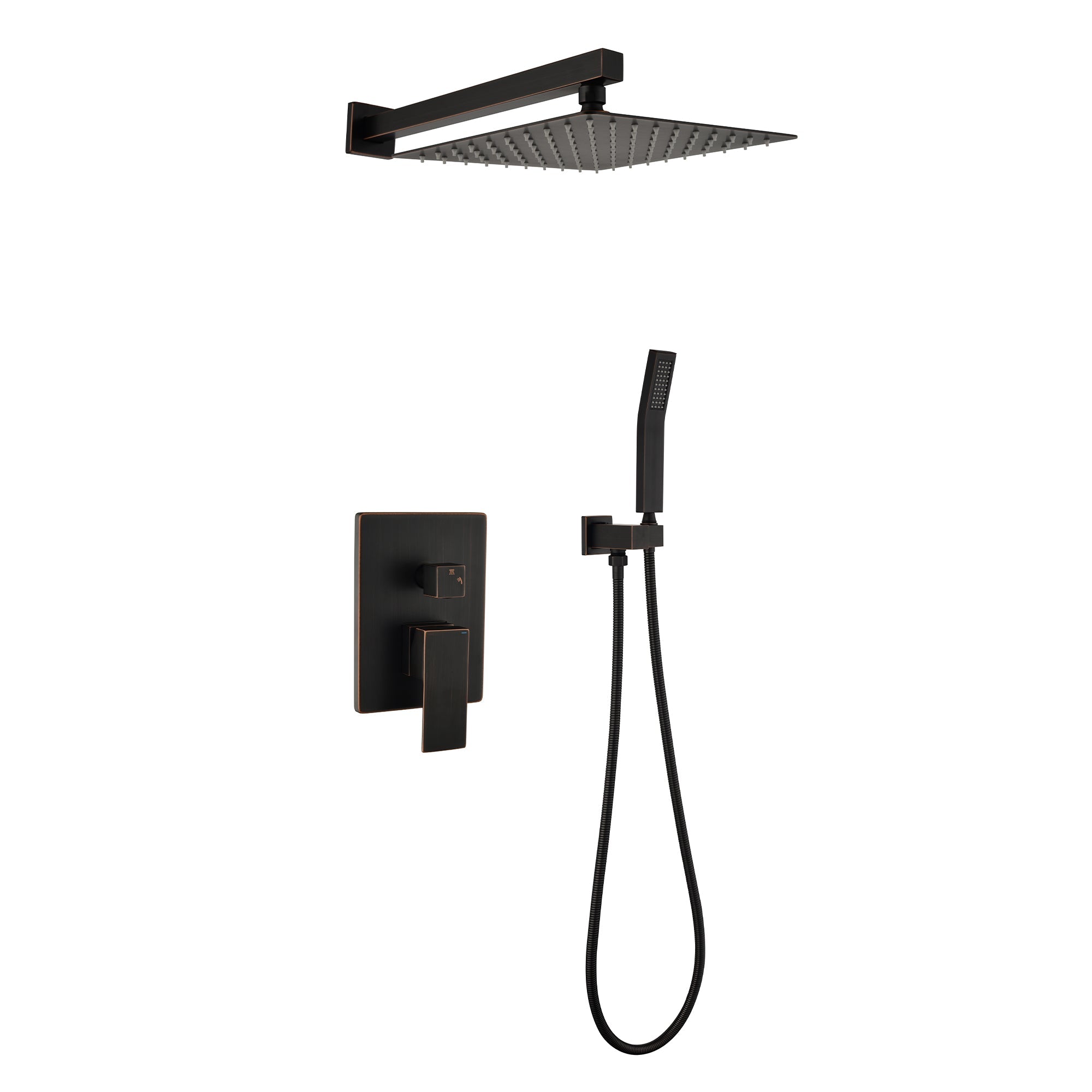



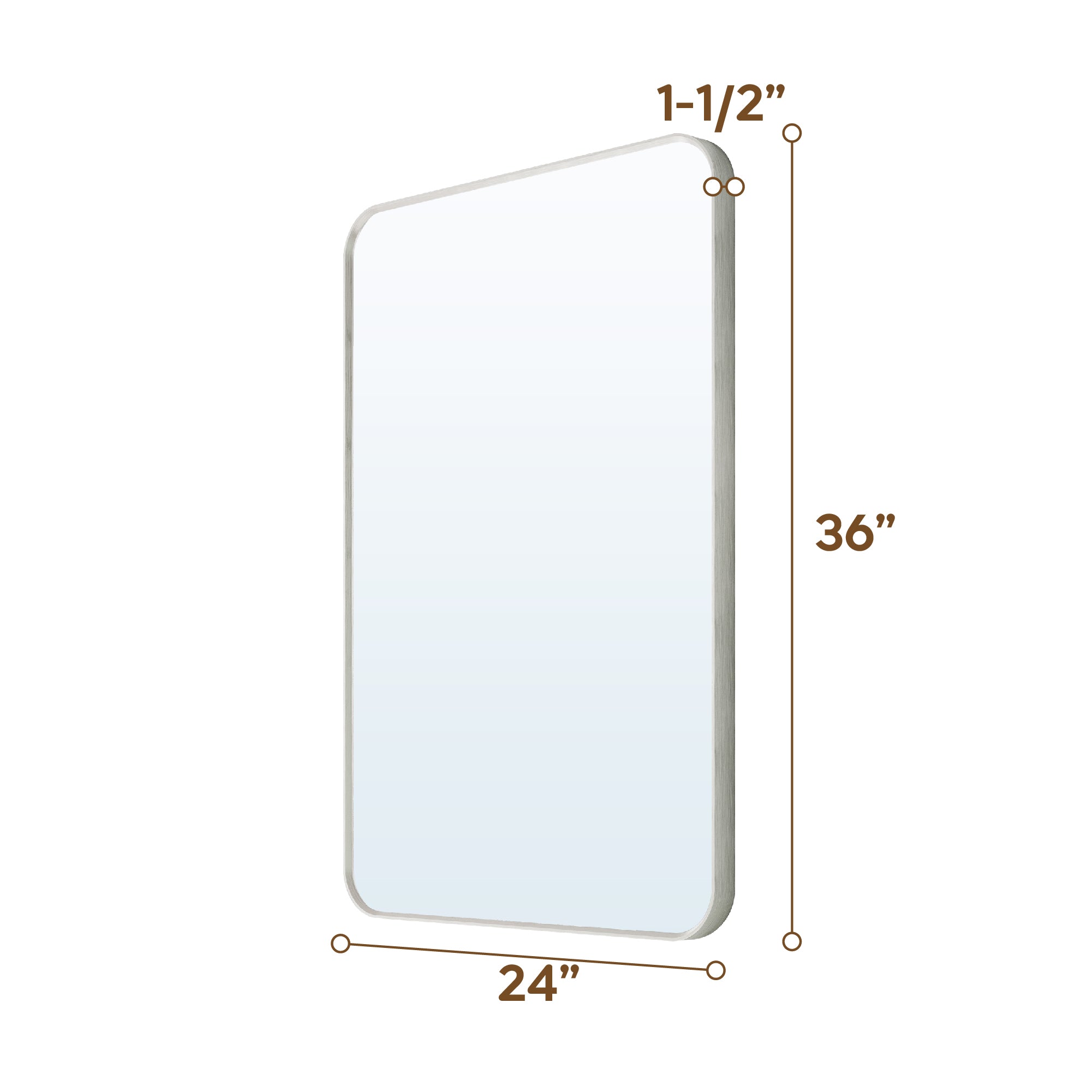
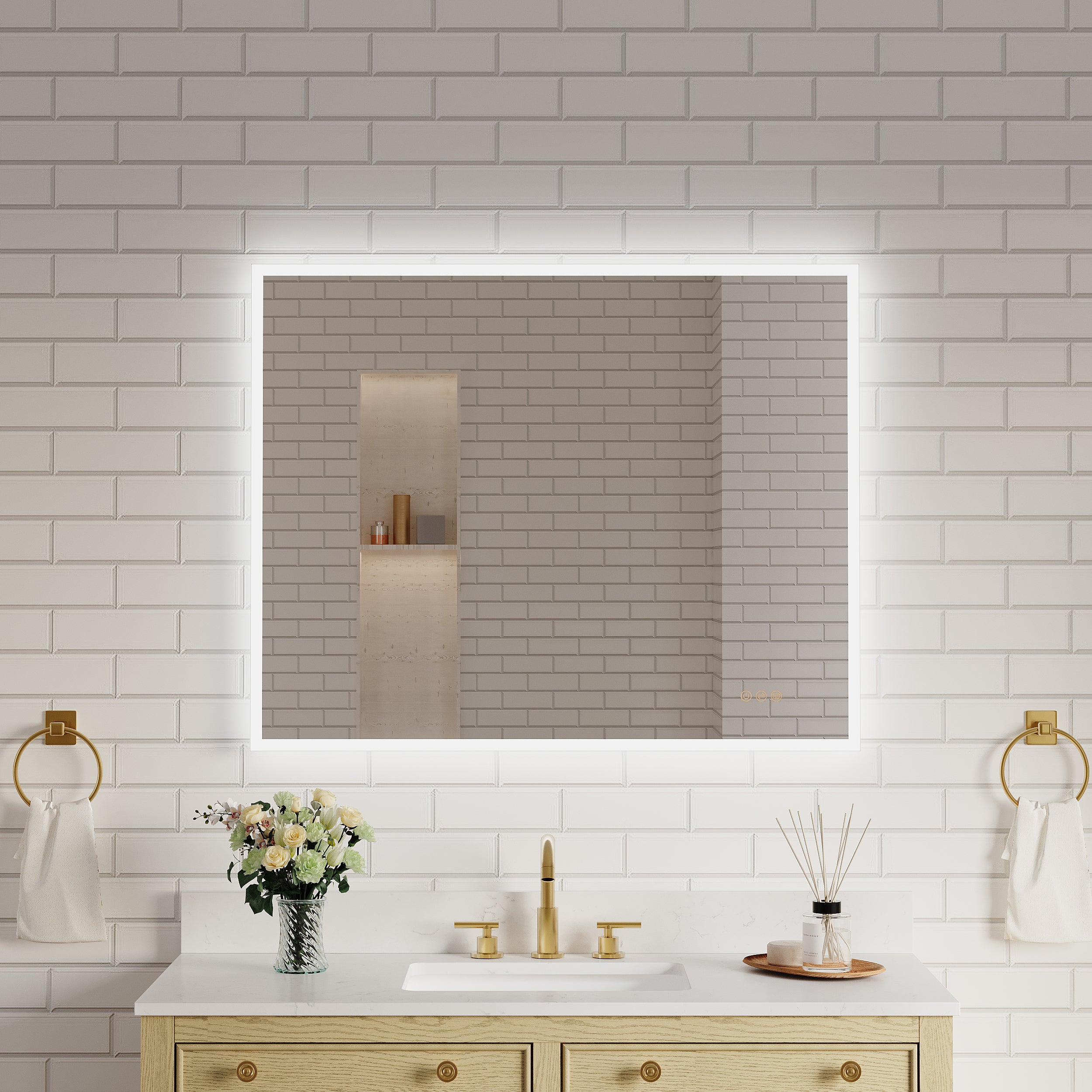

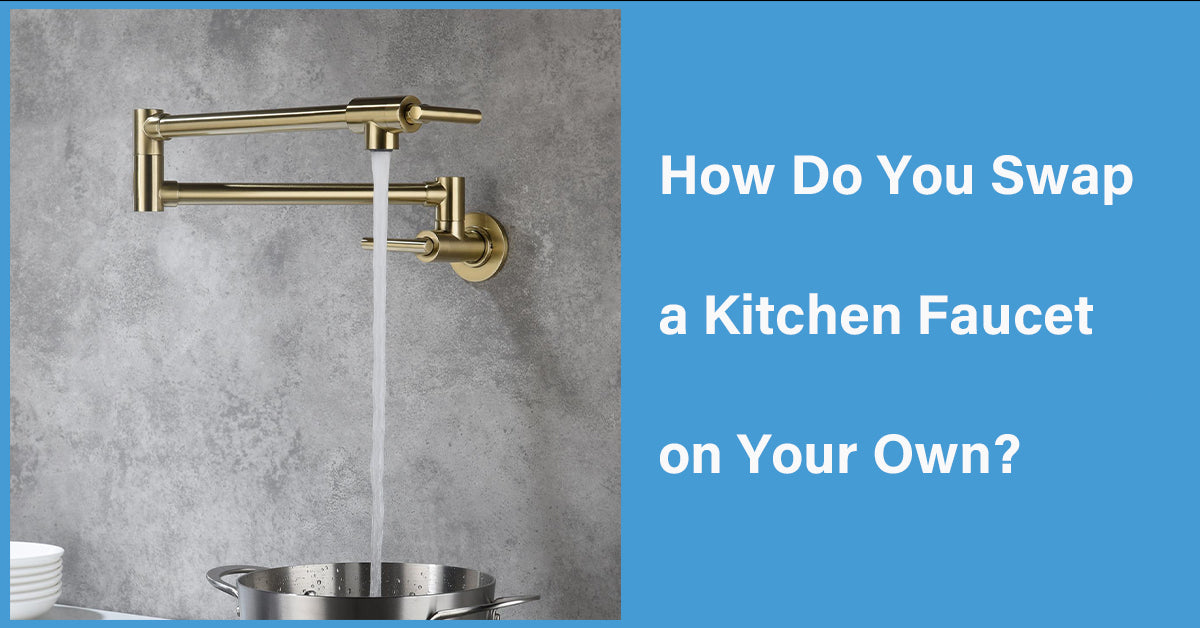



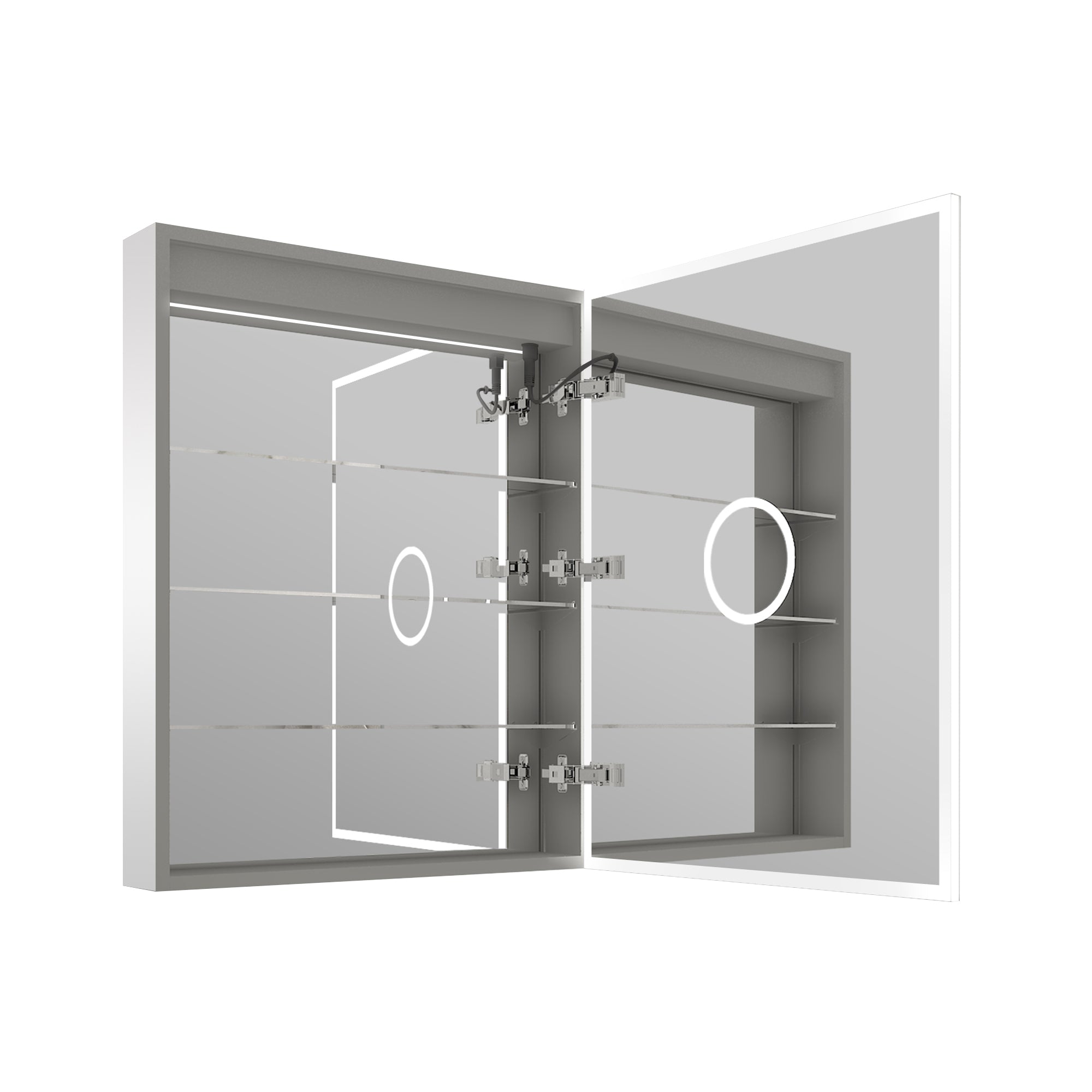
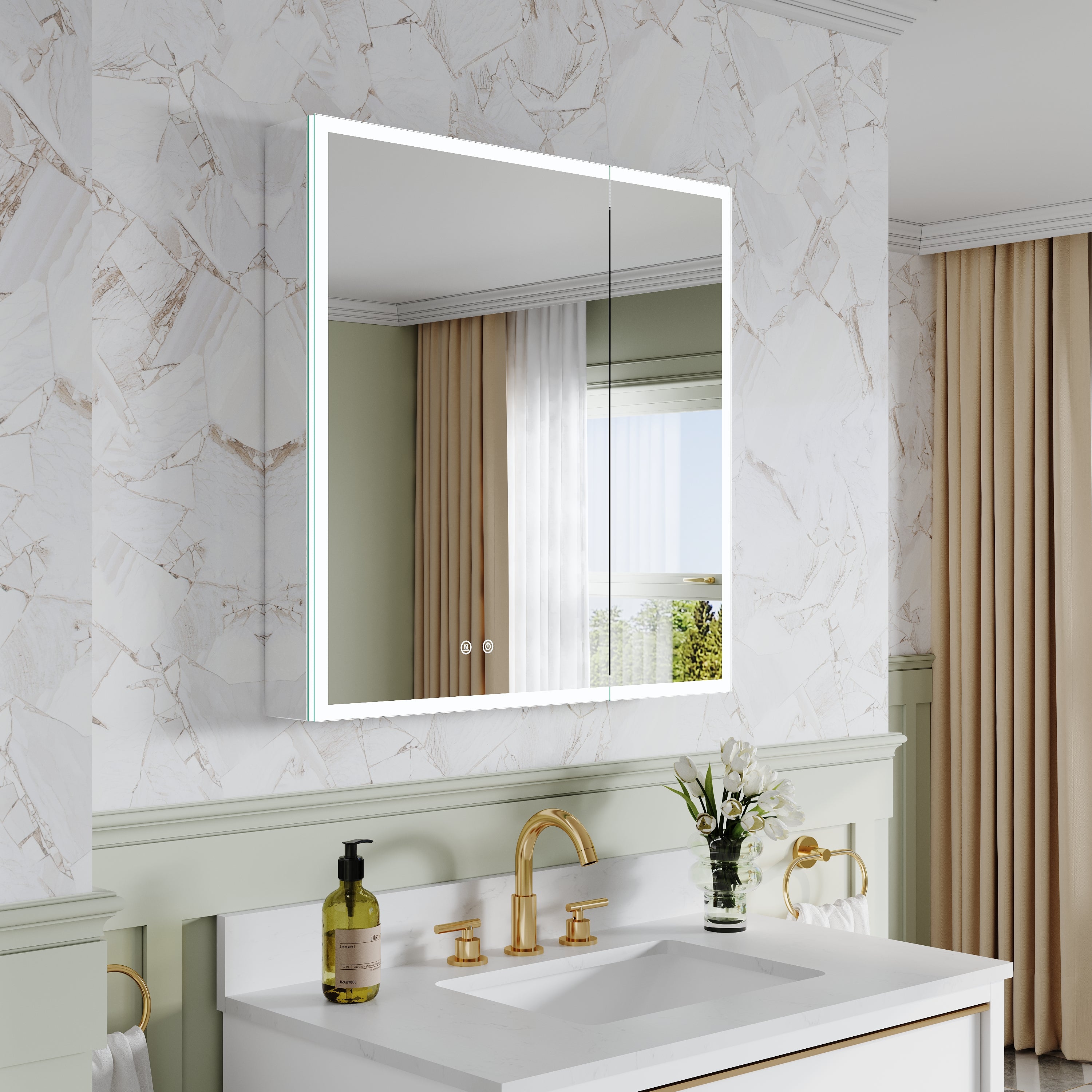



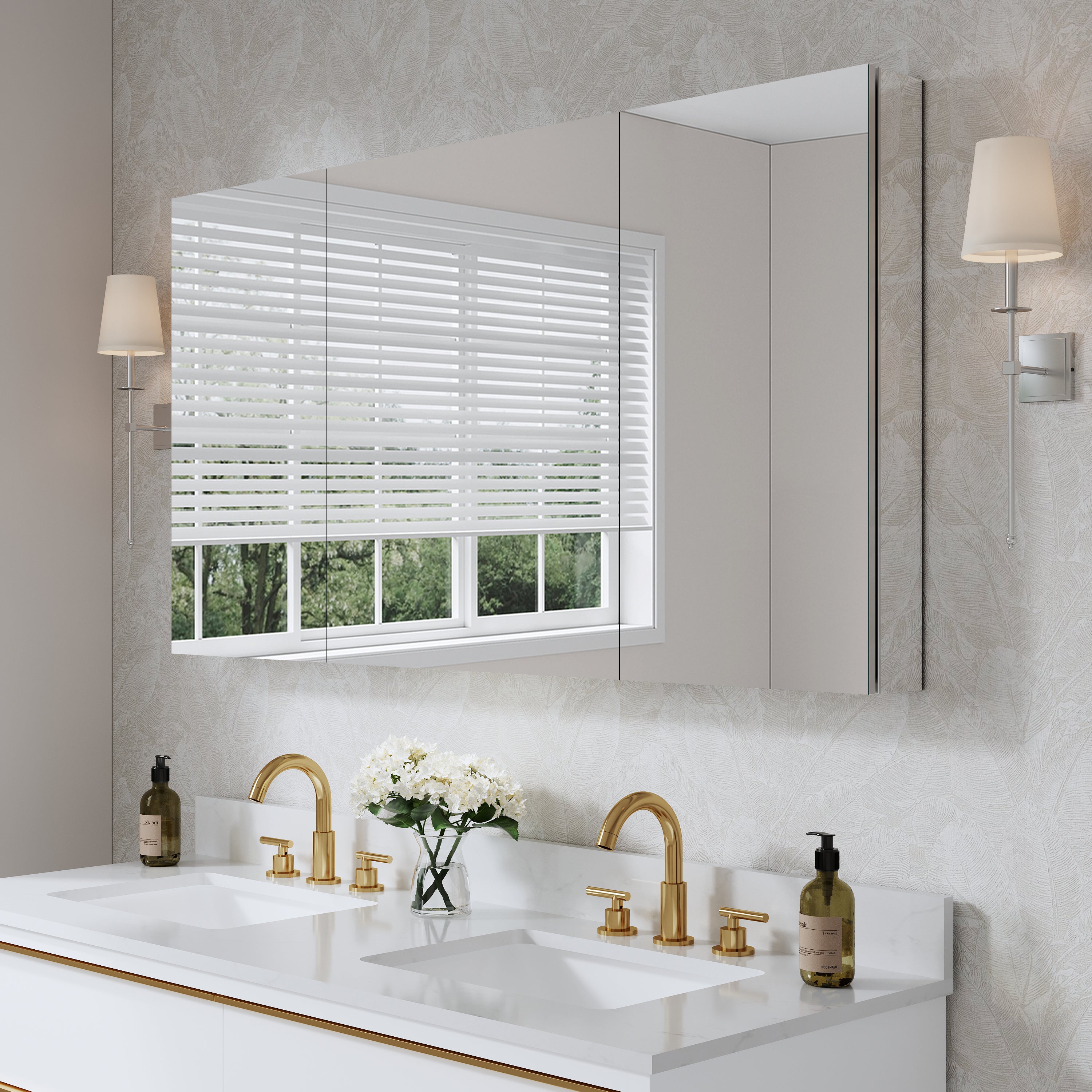



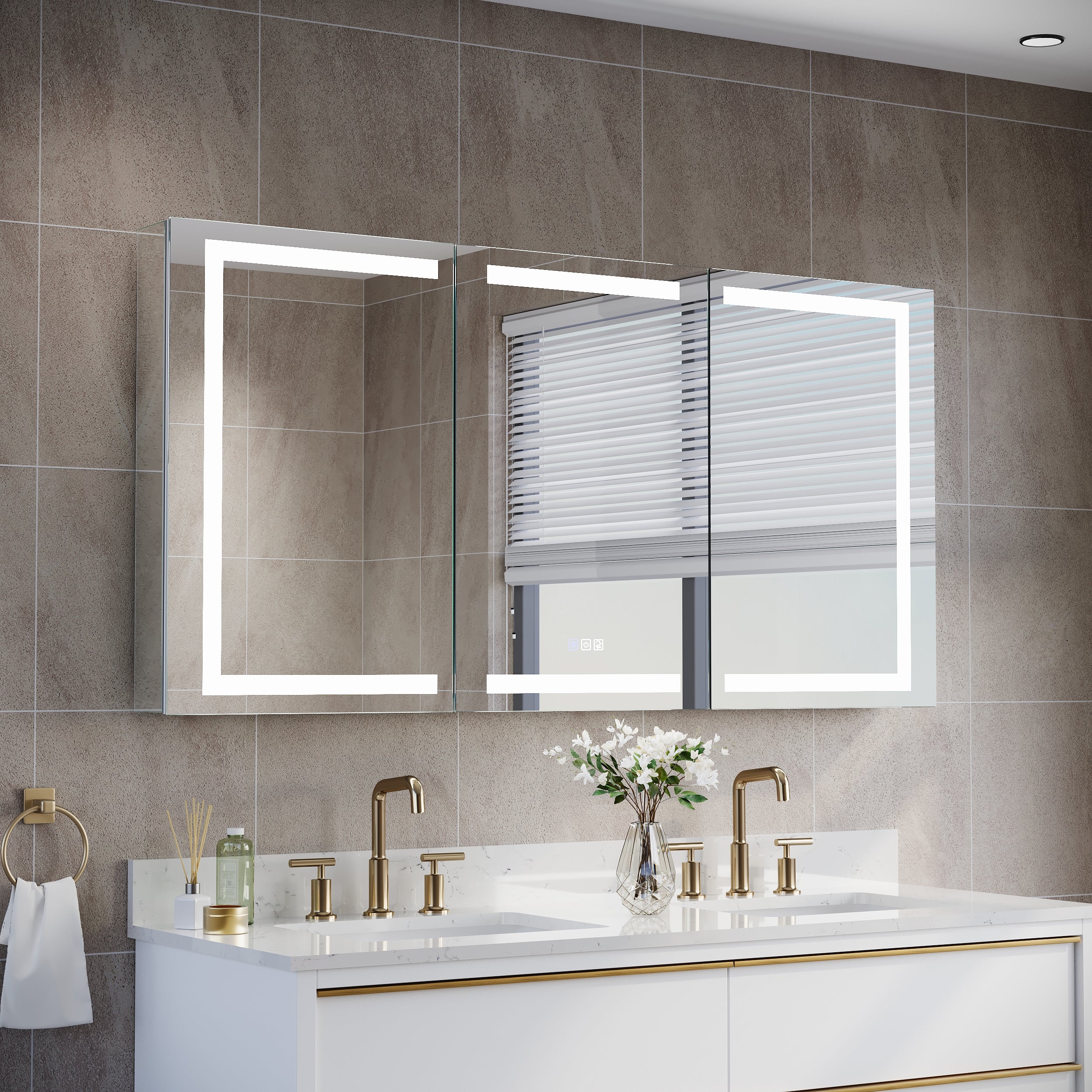













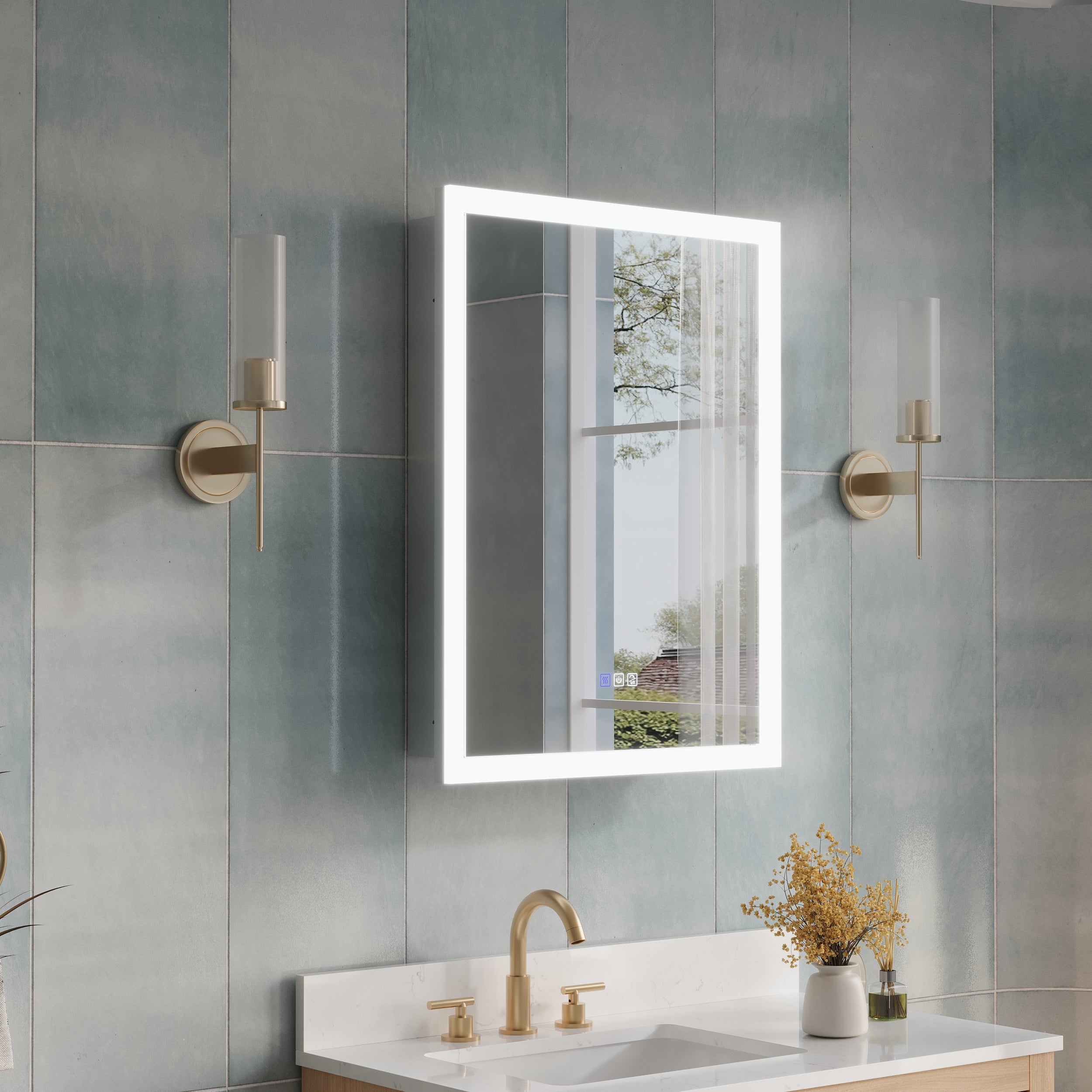
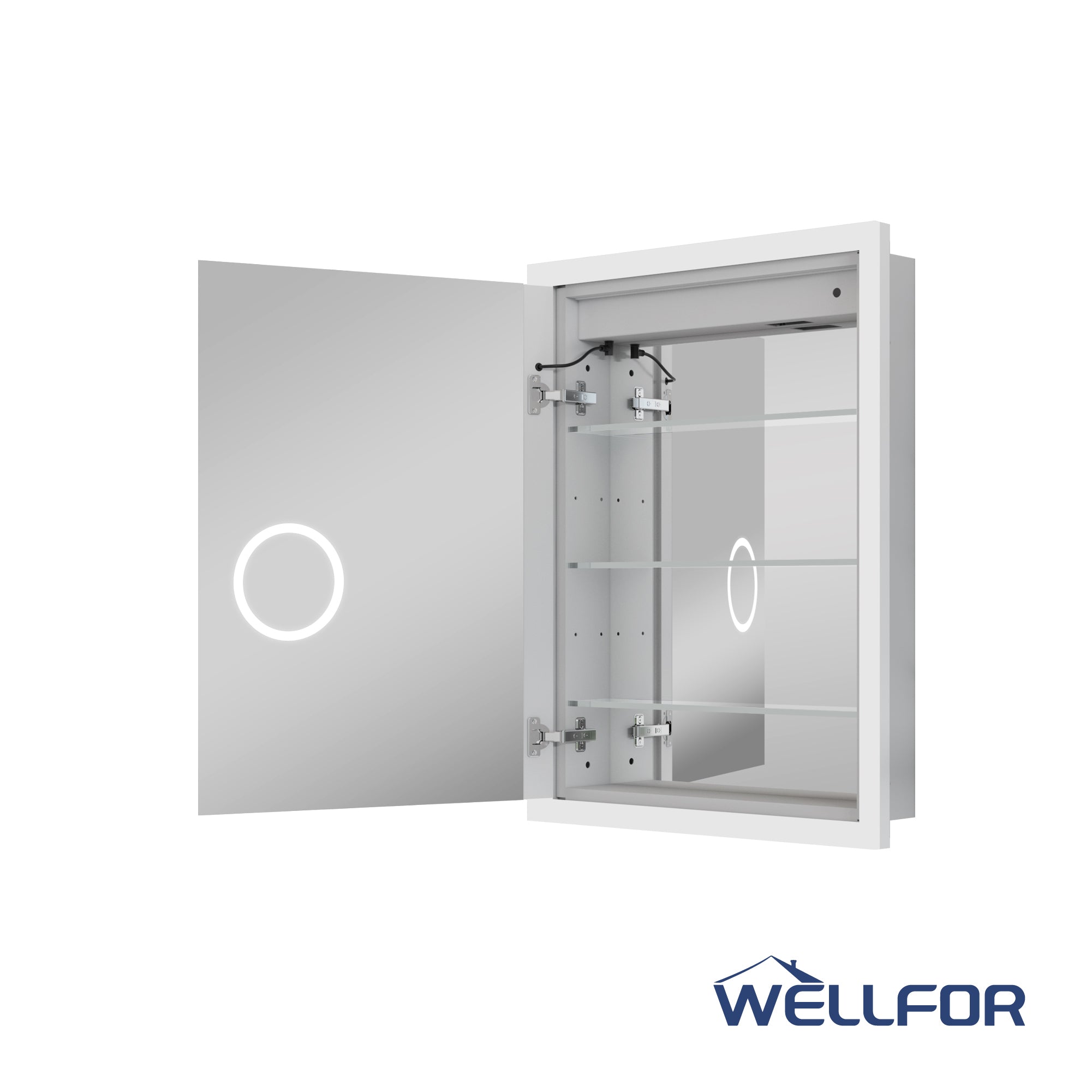
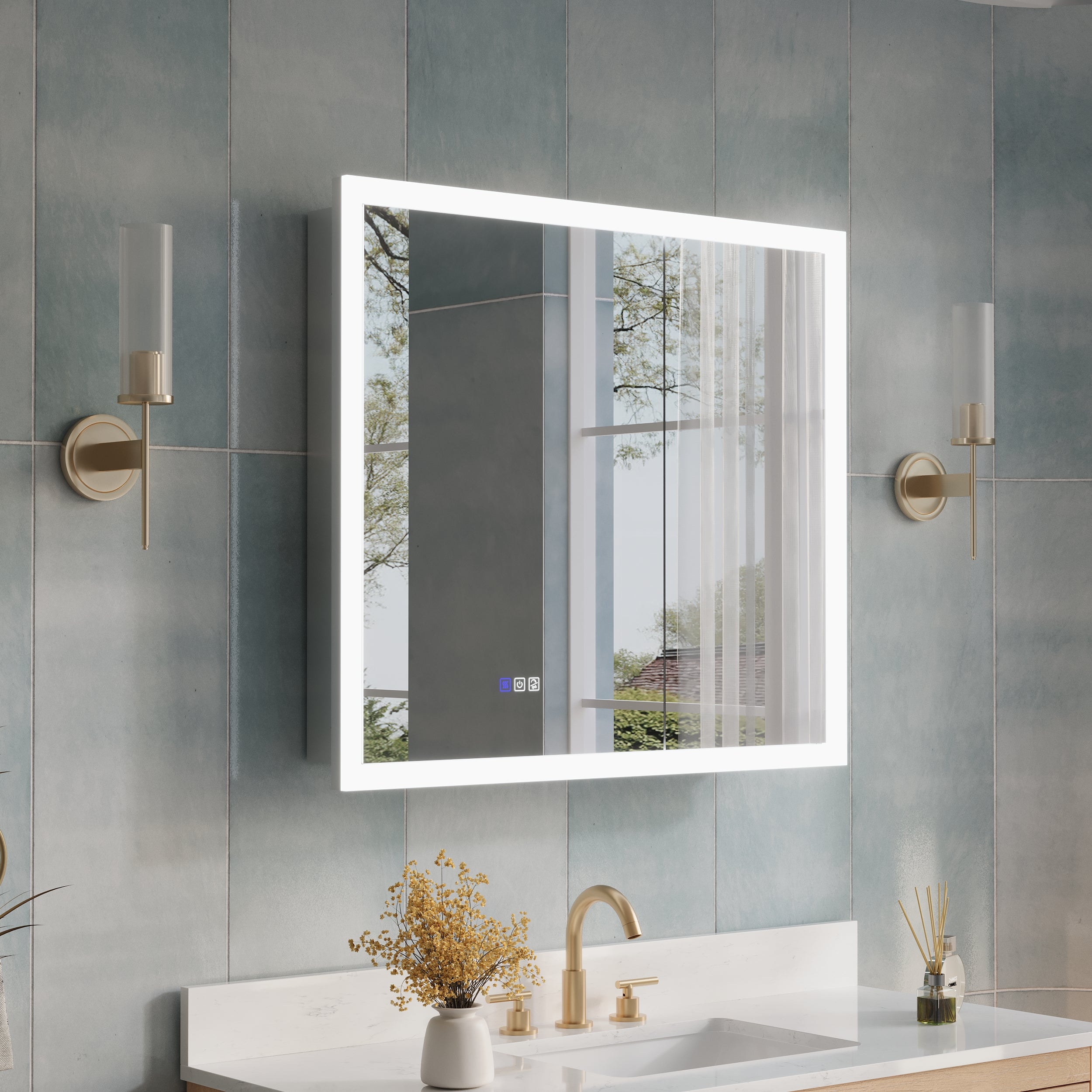
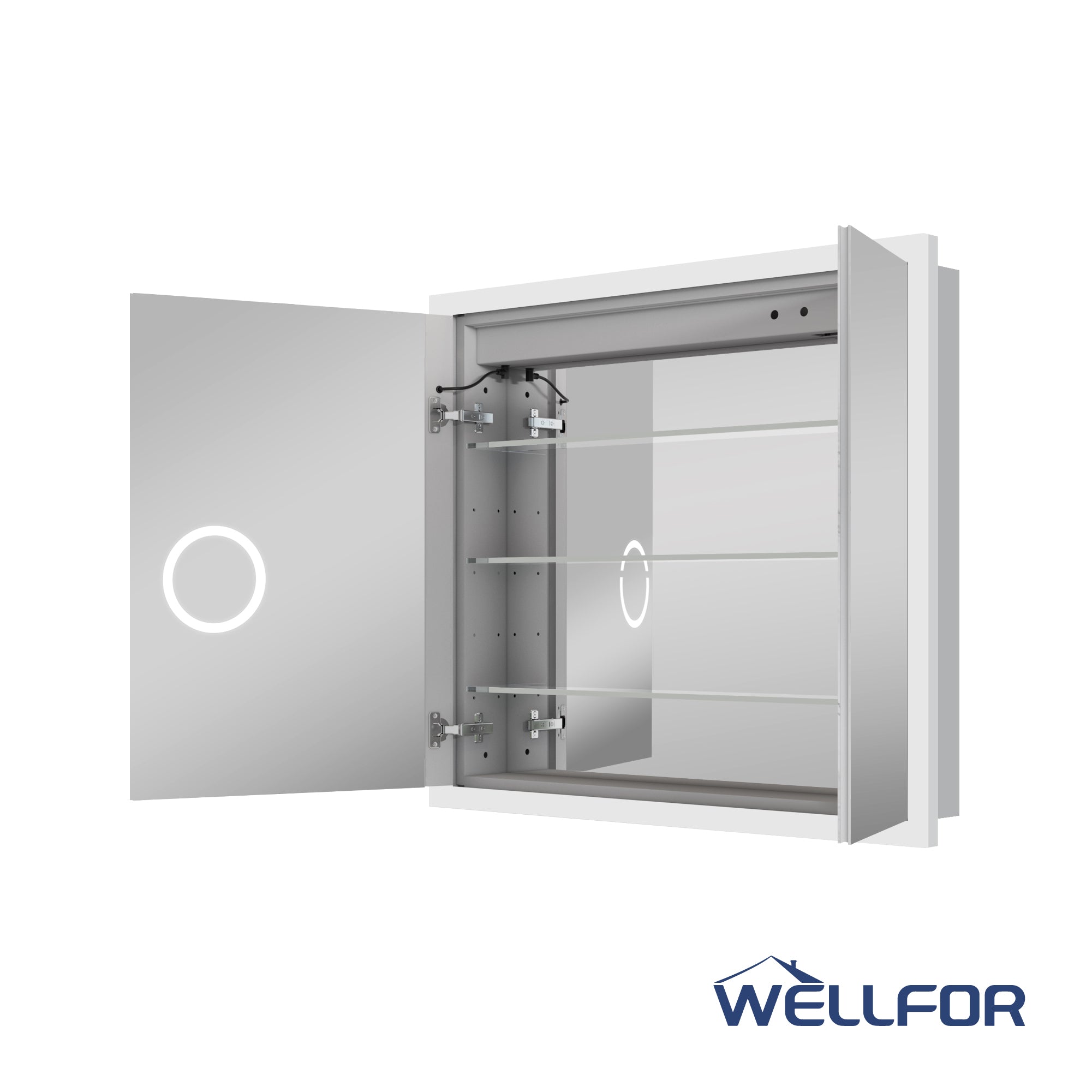
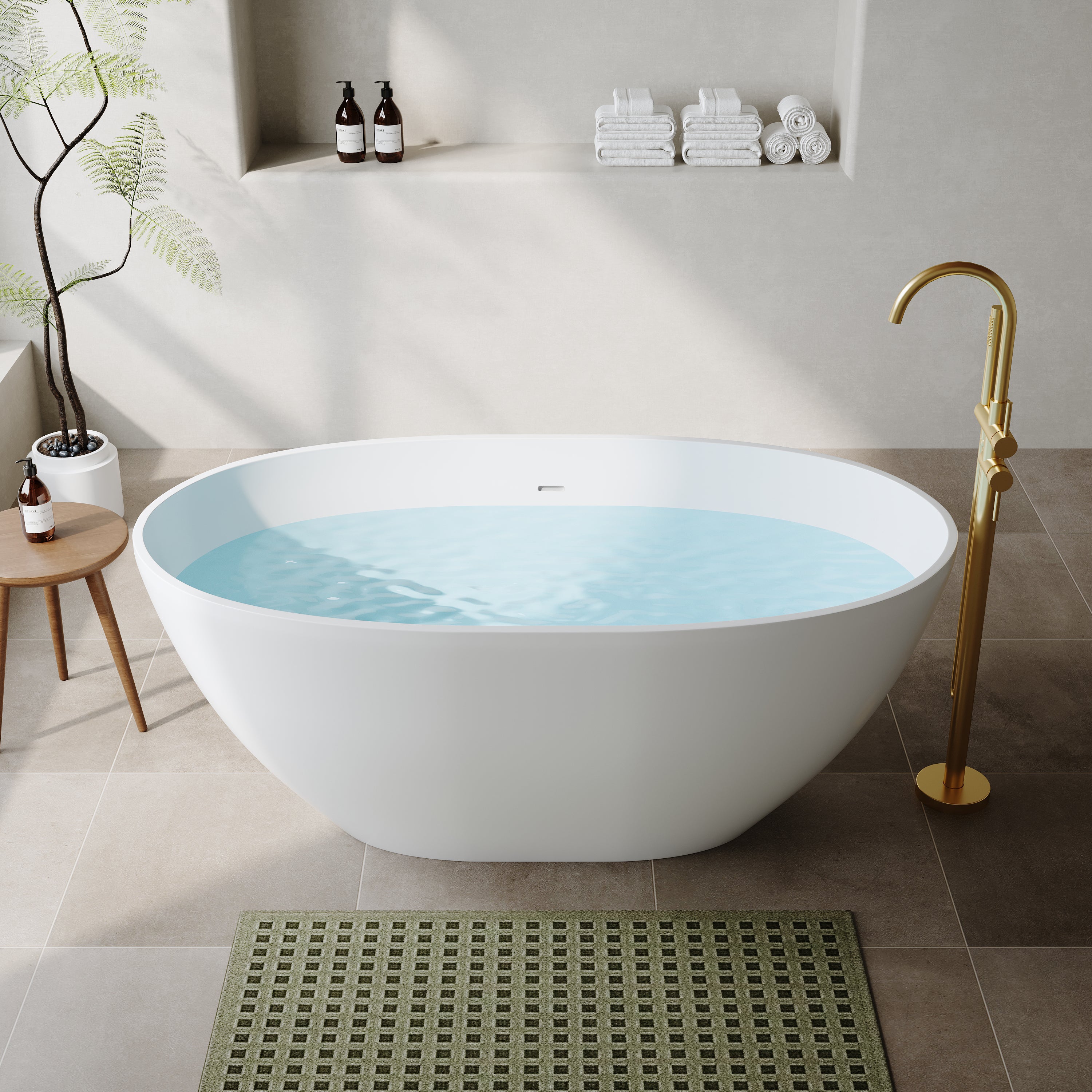




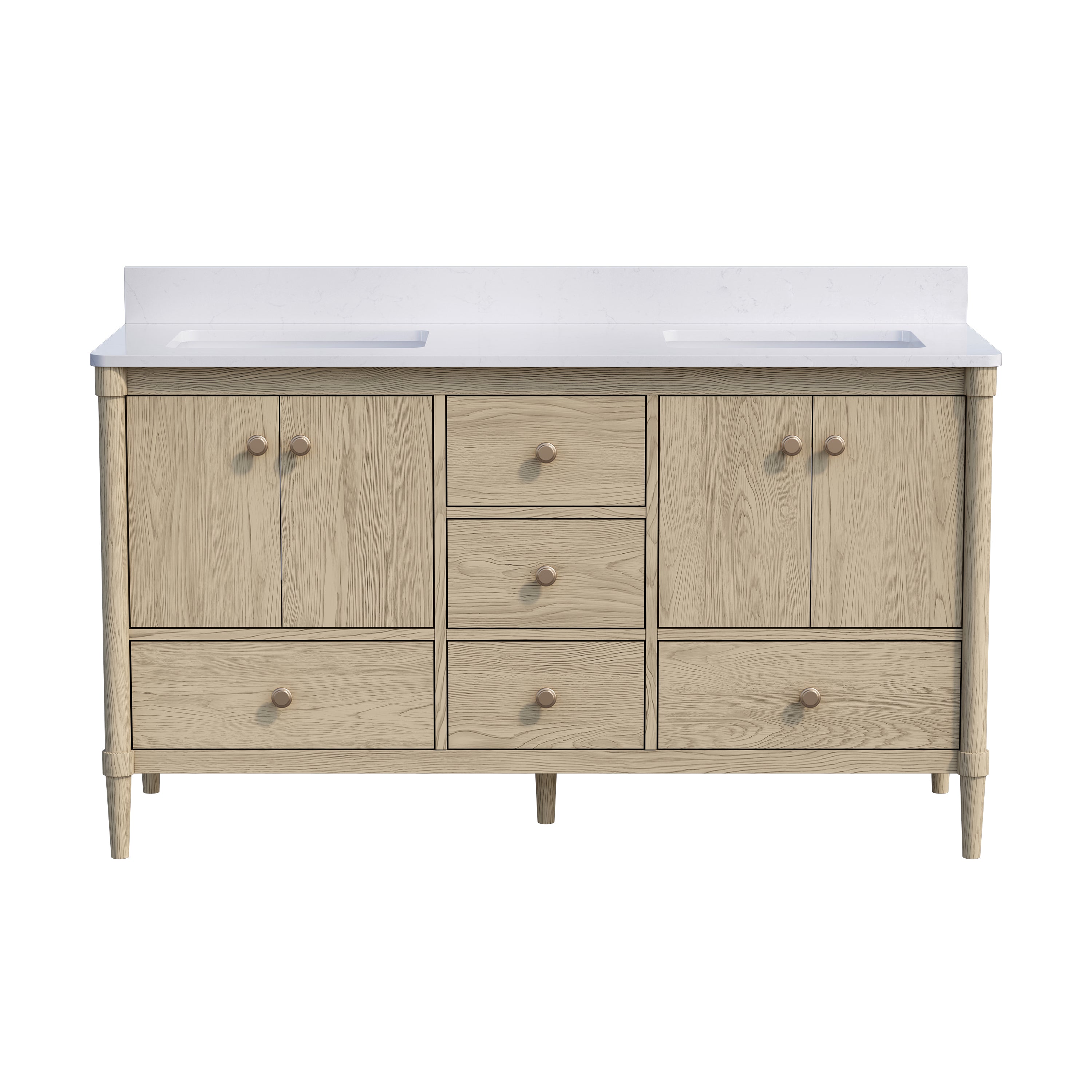
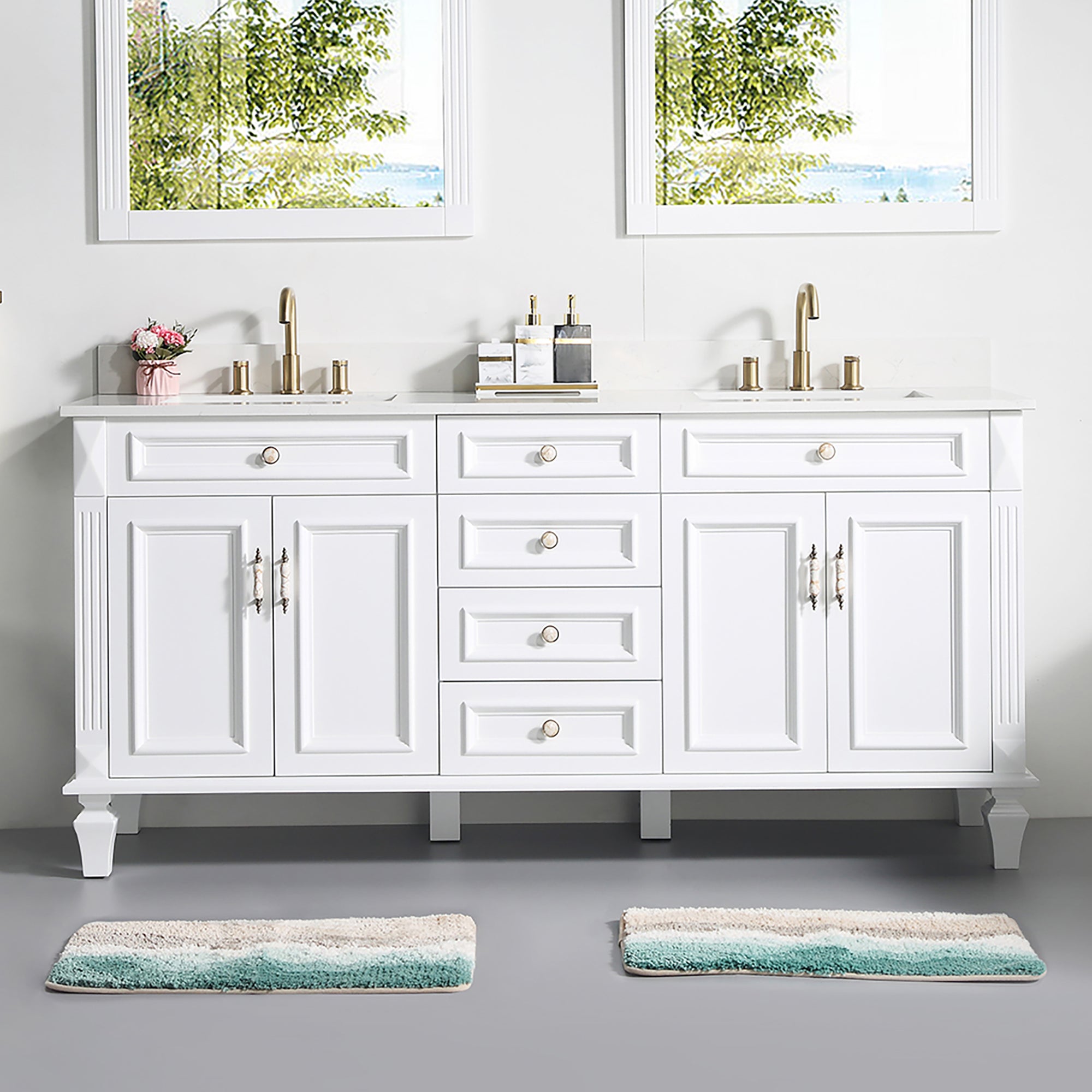
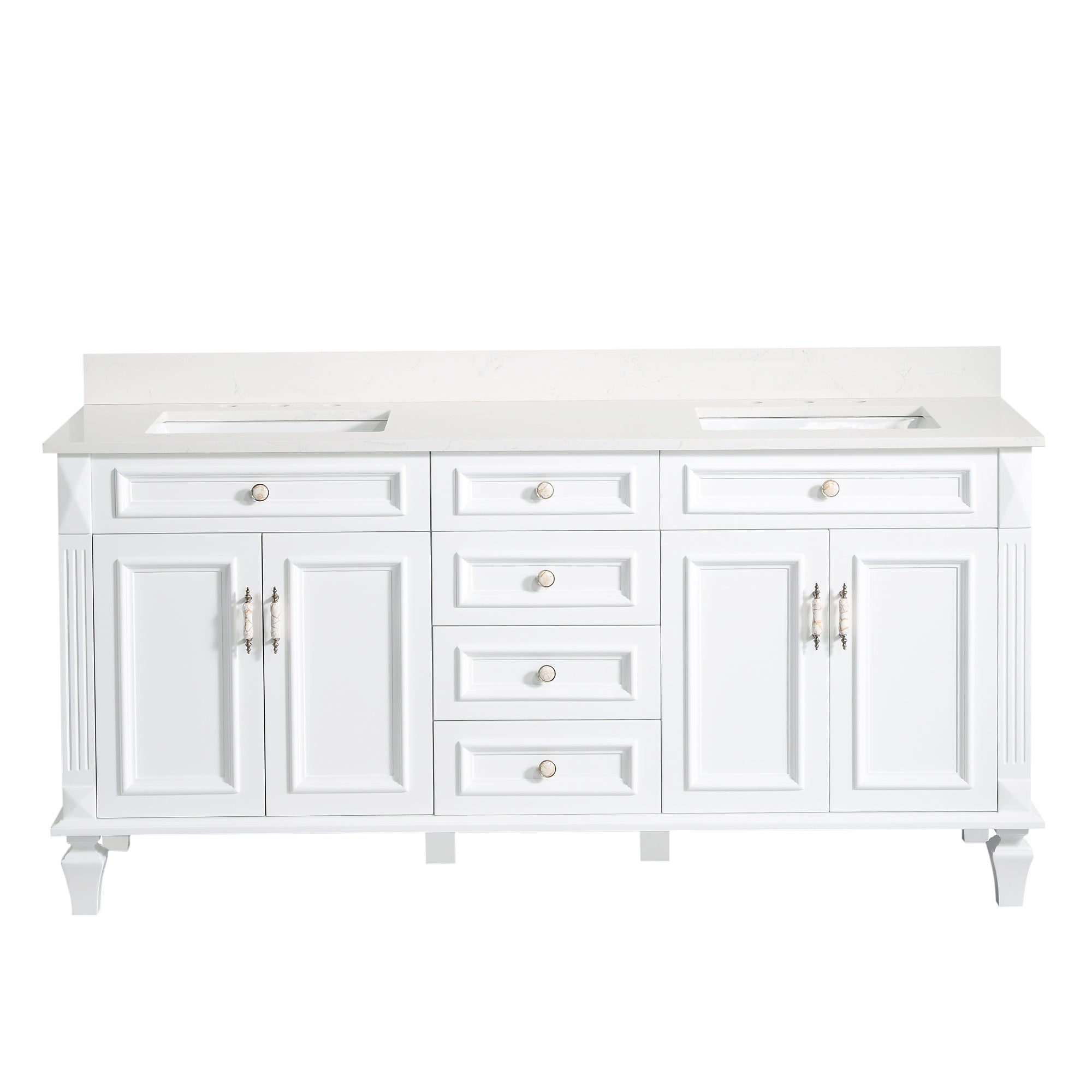
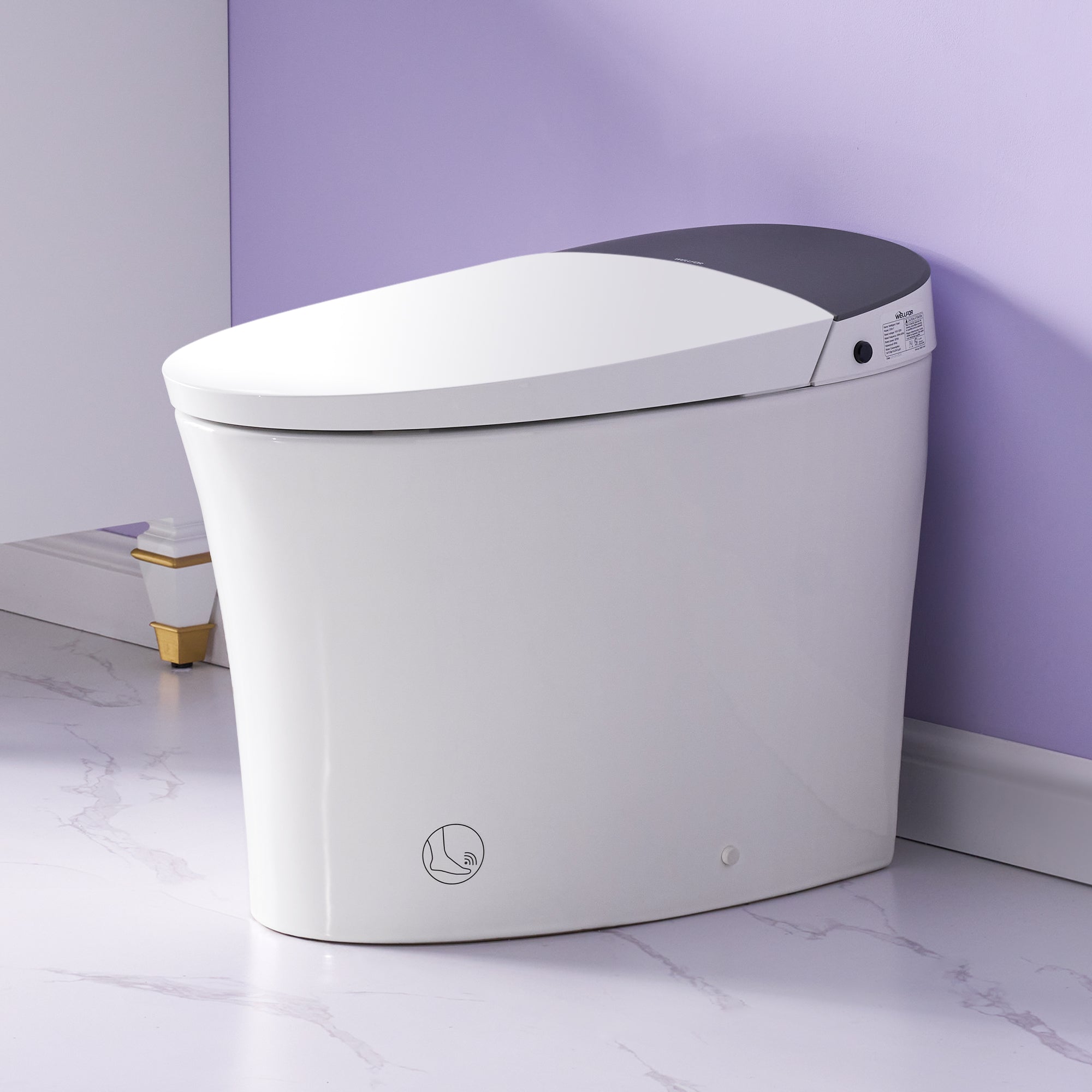
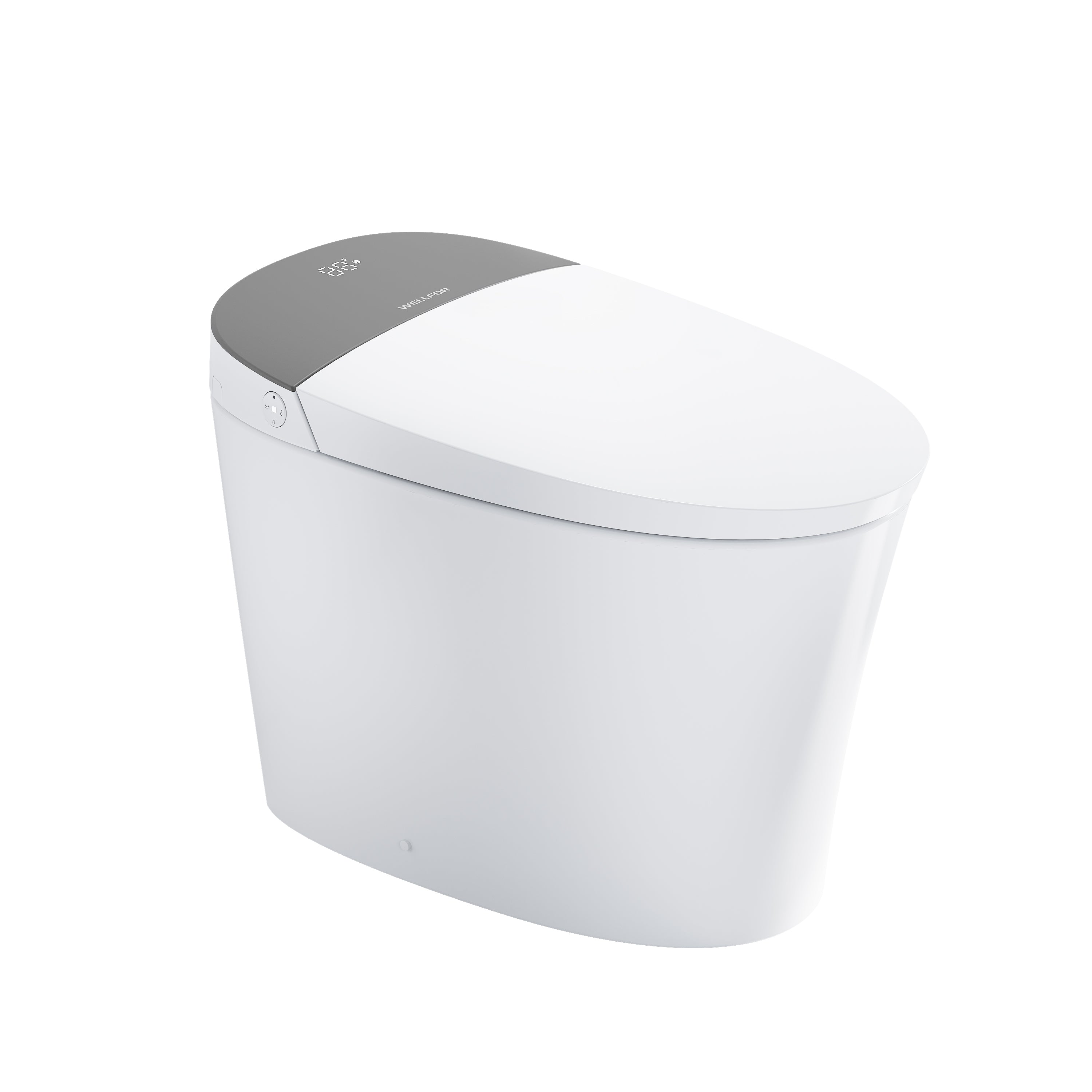

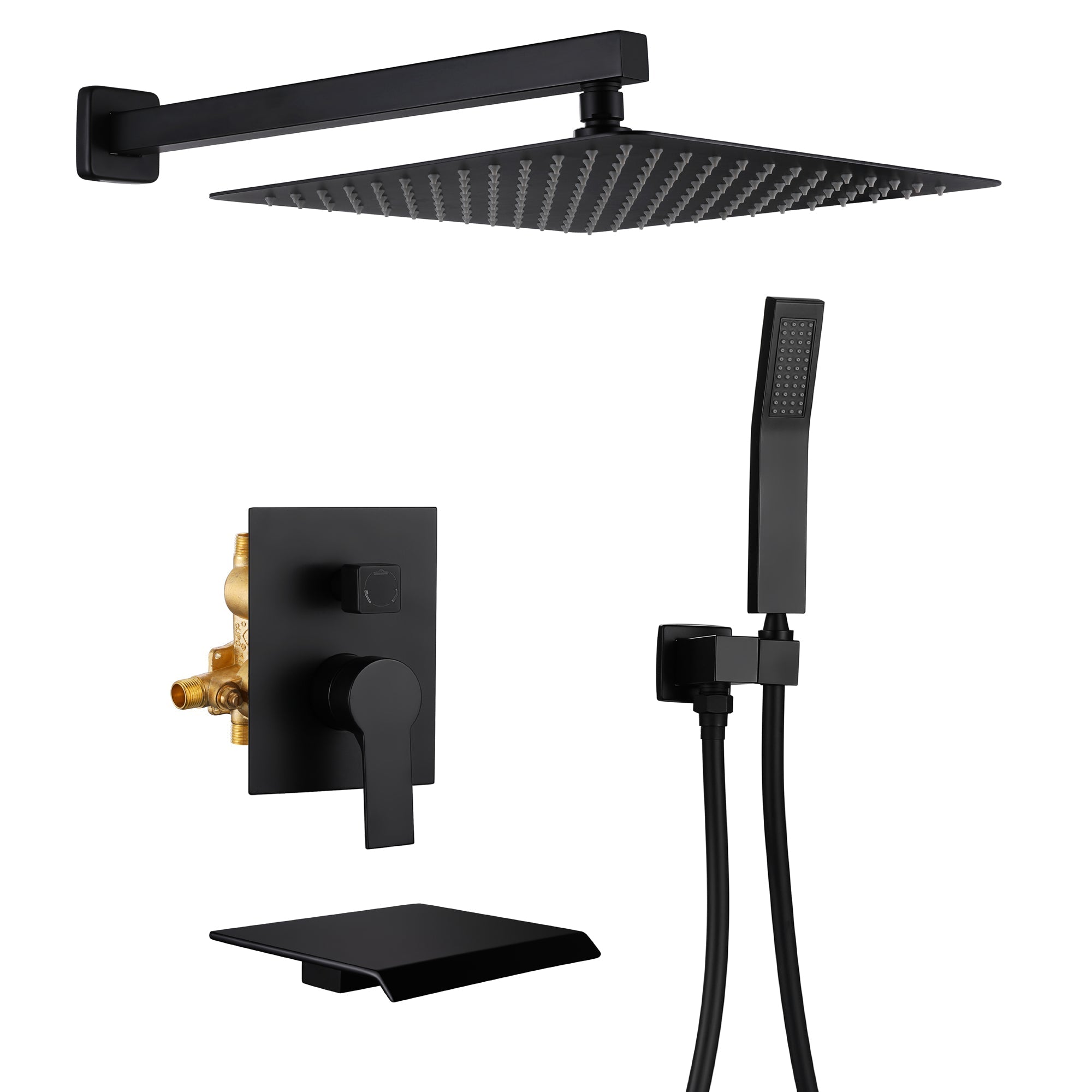
Leave a comment
This site is protected by hCaptcha and the hCaptcha Privacy Policy and Terms of Service apply.